8 min to read
How are Games Developed in Unity
Unity game development is used for creating games, apps, ads, interactive stories and art, visualizations, films, and much more. Games are fascinating to play, they help to pass time, increase focus, and reduce stress. Almost everyone is fascinated with playing games. Especially these days, we have games available in multiple genres, scenarios, and multiple viewing angles, making the whole gaming experience another level of excitement and fun. But we forget the big question in all this- How ar
Unity game development is used for creating games, apps, ads, interactive stories and art, visualizations, films, and much more. Games are fascinating to play, they help to pass time, increase focus, and reduce stress.
Almost everyone is fascinated with playing games. Especially these days, we have games available in multiple genres, scenarios, and multiple viewing angles, making the whole gaming experience another level of excitement and fun.
But we forget the big question in all this- How are games developed and what mechanics goes into making a game what it is?
In this article, we are going to discuss how games are developed, especially in Unity since it enjoys unanimous popularity in game development.
Before developing games you should have a basic idea of programming languages it will help you in understanding the curve of learning game development – Programming Languages For Beginners.
Let’s start-
Unity Game Development
Unity game development has an integrated development environment and is a worldwide recognized platform for interactive game development. With its efficient prototyping ability, unity 3D game development has become the first choice for developing interactive and exhilarating gaming solutions.
Examples of top games made via unity game development are-
- Kerbal Space Program
- Hearthstone- Heroes of warcraft
- Wasteland 2
- Battlestar Galactica Online
- Rust
- Temple Run Trilogy
- Escape Plan
- Pokemon Go
- Super Mario Run
- Satellite Run
- Assasin’s Creed-Identity
- Subway Surfers
The list is endless!
But before jumping into the discussion of Unity, let us discuss game development:
Also, read – Top Engines For Game Development
What is Game Development?
Game development, production, or design is a process that starts from an idea or concept. Often the idea is based on a modification of an existing game concept. The game idea may fall within one or several genres.
According to Wikipedia– Game Development is the process of developing a video game. The effort is undertaken by a developer, ranging from a single person to an international team dispersed across the globe. The development of traditional commercial PC and console games is normally funded by a publisher and can take several years to reach completion
Different companies have different formal procedures/ philosophies regarding game design and development. Designers often experiment with different combinations of genres.
Indie games usually take less time and money and can be produced by individuals and smaller developers. The development is usually done by using game engines like Unreal and Unity.
A game designer generally writes an initial game proposal document, that describes the basic concept, gameplay, feature list, setting and story, target audience, requirements, and schedule, and finally staff and budget estimates before starting the game development procedure.
Now that we have described game development, let us look at the Unity game engine-
What is Unity?
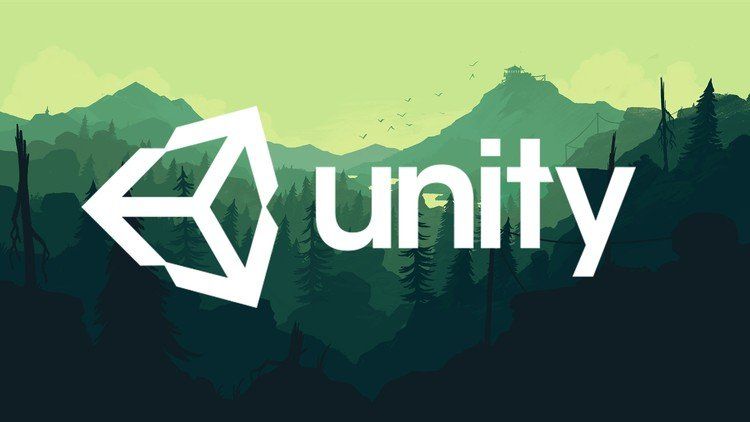
Unity is so much more than the world’s best real-time development platform – it’s a robust ecosystem designed to enable success. Unity is a cross-platform game engine developed by Unity Technologies.
It can be used to create three-dimensional, two-dimensional, virtual reality, and augmented reality games, as well as simulations and other experiences.
The following are the main features-
- Unity gives the ability to create games and experiences in both 2D and 3D and the engine offers a primary scripting API in C# (for both the Unity editor in the form of plugins and games themselves).
- It also, provides drag-and-drop functionality as well.
- It has a large community of users that keep it constantly updated.
- It has a powerful interface that is used in developing games and their cross-platform applications.
Unity is a great tool for prototyping everything from games, to interactive visualizations
Why use Unity?
1. For developing games – Unity is the most popular software when it comes to game development. It provides you with an untouched product that possesses good documentation and can be used to build games of any genre. Unity is simple to use and provides the best game development experience.
2. To create better user experiences – As we know, Unity is a great game engine. This is mostly due to its beautiful graphics and ability to render in 3D. Unity extends its support to VR and AR. Therefore, it could become a great tool for exploring architecture and automation.
3. For interactive experiences – Unity is very versatile when it comes to creating interactive applications. Its extensibility makes it possible to integrate into whatever existing back ends the applications have.
Elements of Unity
There is a set of elements that are used to develop a game in the Unity game engine. Let us discuss them and their functions in game development-
Assets – Assets are the project item(s) that can be brought into play in the game or project. An asset can be a file imported from outside of Unity, a sound file, images (jpeg, gif, png, etc), textures, or any of the other file types which are supported by Unity. There is also a set of asset types that can be generated within Unity.
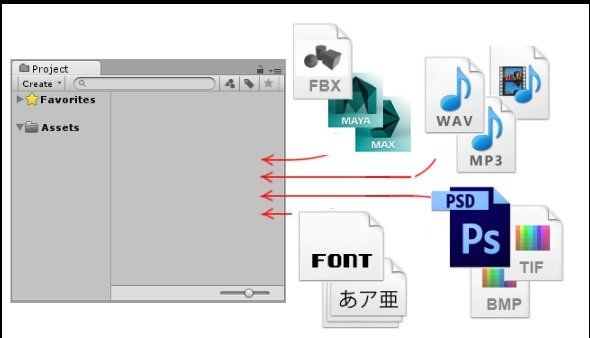
The Project – Project in Unity is a folder that contains the entire game project, along with which it contains the assets associated with the project.
GameObject – In simple terms, GameObject is nothing but every project that exists within the game or project. Technically, they don’t append any functionality to your game project but merely act as holders for components like the Transform, Light, Script, and RigidBody components. Technically, they don’t provide any new features or functions to your game or project but merely act as holders for components.
Components – Components are the fundamental blocks i.e. the nuts and bolts of objects and their activities in the game. They act as functional entities for the GameObjects. By default, every GameObjects has a Transform Component that is set automatically. This is because it decides where the GameObject is positioned within the Unity environment.
Scenes – A Scene can be defined as the base. where you can position your GameObjects to create a level of your game or project. One or more scenes (aka, levels) are generally put into a game. These scenes are linked together for your audience, and clearing them would go to the next level. This helps in making the game long as well as interactive for the users.
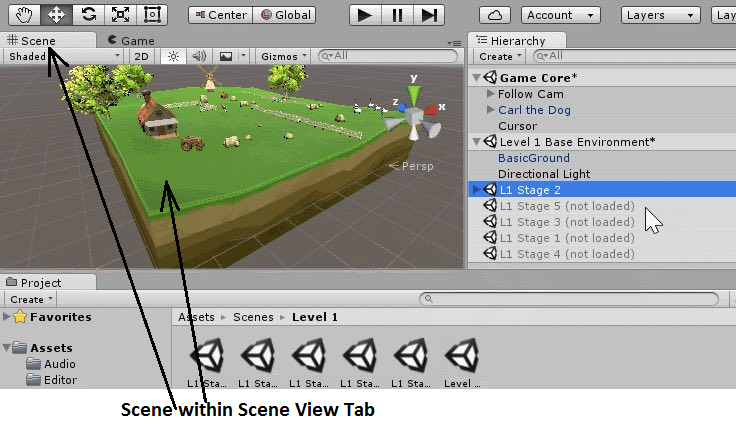
Prefab – Prefabs are reusable or recyclable components of the game that are present in the Project View window. It can be introduced into as many scenes as you want. You can generate an instance of the Prefabs in your game that is linked to the main Prefab.
Features of Unity 3D
Now that we have discussed the elements of Unity 3D, let us talk about the features of Unity.
Interface/Window
This is present in the main editor of the window. The window of Unity 3D is made up of many small individual windows that are rearrangeable. It can be removed from one position and appointed to another position very easily within the main window.
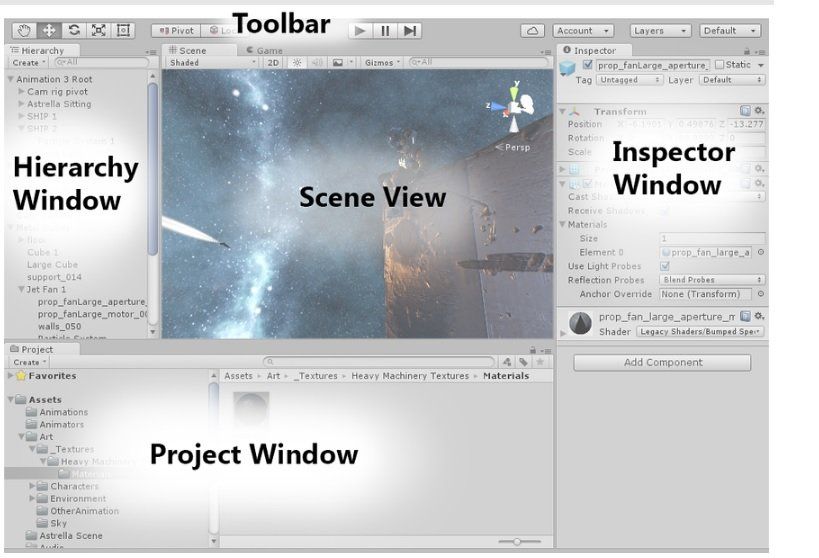
Project Window

It will display the list of all the assets that are available for use and images, music files, and other additional files you will implement in your project. Assets of the game or project appear in this window when you import them from the project.
In Project View, there is a Favourite section where the items commonly used by you are stored. Therefore, you wouldn’t need to search and select them from any other section.
Scene View
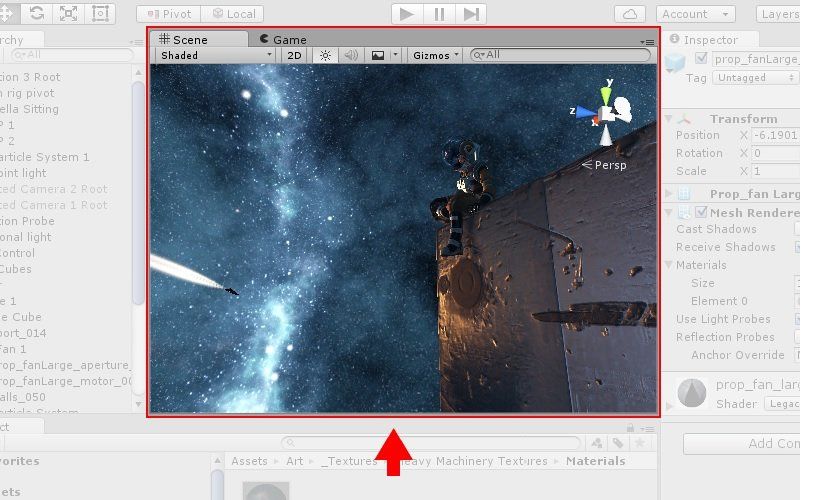
It allows the developers to navigate the game view and allows them to edit the game scene created by you. It is capable of providing 2D as well as 3D views to the animators. It allows you to change the position of the object and position it correctly.
Hierarchy Window
In this window, the available objects in the game are arranged in the order of their importance. It reveals the formation of attachments of objects with one another. This window acts as a Parent Object. Therefore, the objects added to it become their Child Object.
Inspector Window
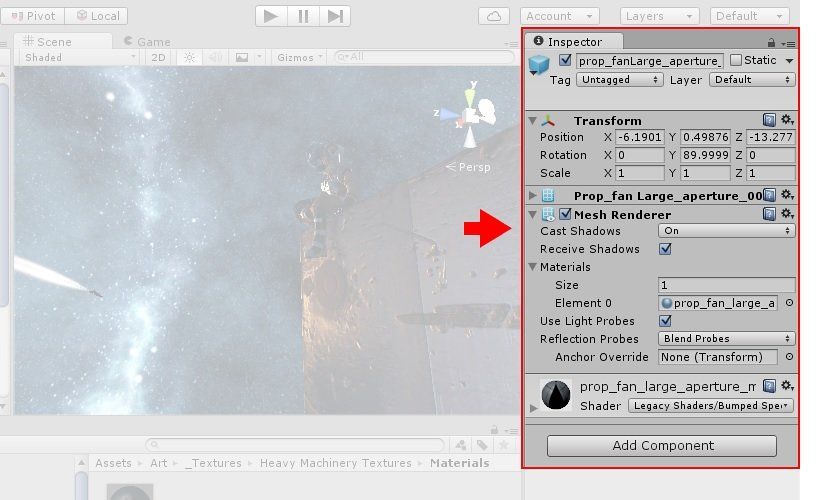
The Inspector Window does exactly what its name suggests. It allows the developers to inspect the selected object.
Toolbar Window

Toolbar Window is an important window in the Unity Editor. On the left of the window, you will notice the primary tools that are used for editing the scene view with the objects contained within it.
The important functions of viewing are available in the mentioned window. You can also get access to the Unity Cloud Services using the buttons on the right side and the Unity Account as well, plus the visibility menu & the editor layout menu that will provide some alternating layouts for editor windows.
Game View
The purpose of this window is to process the render in the game. This view gives you an overall view of how your game will look from the user’s point of view.
Materials and PBR
PBR is a short form for Physically-based rendering. PBR is used as the rendering engine which enables the materials. For working with this, you would need to know about 3D Modeling.
Advantages of Unity Game Development-
We have discussed a lot regarding Unity till now, about its components and features but we must know its advantages as well. We should know what benefits we are getting by using Unity over other game engines.
Advantages of Unity game development-
1. Platform Support – This is one of the biggest advantages of Unity. It is compatible with platforms like Windows, macOS, iOS, Linux, Android, and many others platforms. Due to multiple platform support, the app developed on one platform can be easily shared with the other platforms. Besides, its methodology allows for speedy prototyping, which in turn reduces the time required to develop apps
2. IDE – The engine consists of an in-built IDE which is used to write the project code. Additionally, the integrated development editor supports programming languages like JScript or C# for scripting. Along with this, it provides features that are suitable for game development.
3. Debugging – Debugging in Unity is a pleasure for every game developer. The support for debugging is nice because all the variables are displayed in the gameplay.
4. Graphics – It supports high-quality audio and visual effects that support easing game development. The visuals are capable of adapting to every screen and device.
5. Community – Unity enjoys the support of a large community of users that keep the engine updated and offer widely built components for sound, physics, rendering, and controls.
6. Analytics – Unity consists of built-in analytics which you can easily find in the editor. Thanks to Unity Analytics, you can get very deep insights into your game. It gives you information that can be used to improve the gameplay by doing some modifications and offering an awesome gaming experience for the players.
Many leading experts in the gaming industry have speculated that the next big thing in gaming is wearable gaming and we have also written an article on what is wearable tech.
FAQ's
What is the use of Unity?
Unity allows you to import and assemble assets, write code to interact with your objects, create or import animations for use with an advanced animation system, and much more.
Who is the creator of the Game Development Platform Unity?
Unity was founded in Copenhagen by Nicholas Francis, Joachim Ante, and David Helgason
What is the unique feature of the Game Development Platform Unity?
Unity is a 3D/2D game engine and a powerful cross-platform IDE for developers. Let's break down what this means. As a game engine, Unity is able to provide many of the most important built-in features that make a game work.
🚀 Try Codersera Free for 7 Days
Connect with top remote developers instantly. No commitment, no risk.
Tags
Trending Blogs
Discover our most popular articles and guides
10 Best Emulators Without VT and Graphics Card: A Complete Guide for Low-End PCs
Running Android emulators on low-end PCs—especially those without Virtualization Technology (VT) or a dedicated graphics card—can be a challenge. Many popular emulators rely on hardware acceleration and virtualization to deliver smooth performance.
Android Emulator Online Browser Free
The demand for Android emulation has soared as users and developers seek flexible ways to run Android apps and games without a physical device. Online Android emulators, accessible directly through a web browser.
Free iPhone Emulators Online: A Comprehensive Guide
Discover the best free iPhone emulators that work online without downloads. Test iOS apps and games directly in your browser.
10 Best Android Emulators for PC Without Virtualization Technology (VT)
Top Android emulators optimized for gaming performance. Run mobile games smoothly on PC with these powerful emulators.
Gemma 3 vs Qwen 3: In-Depth Comparison of Two Leading Open-Source LLMs
The rapid evolution of large language models (LLMs) has brought forth a new generation of open-source AI models that are more powerful, efficient, and versatile than ever.
ApkOnline: The Android Online Emulator
ApkOnline is a cloud-based Android emulator that allows users to run Android apps and APK files directly from their web browsers, eliminating the need for physical devices or complex software installations.
Best Free Online Android Emulators
Choosing the right Android emulator can transform your experience—whether you're a gamer, developer, or just want to run your favorite mobile apps on a bigger screen.
Gemma 3 vs Qwen 3: In-Depth Comparison of Two Leading Open-Source LLMs
The rapid evolution of large language models (LLMs) has brought forth a new generation of open-source AI models that are more powerful, efficient, and versatile than ever.